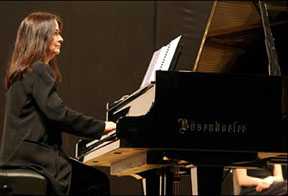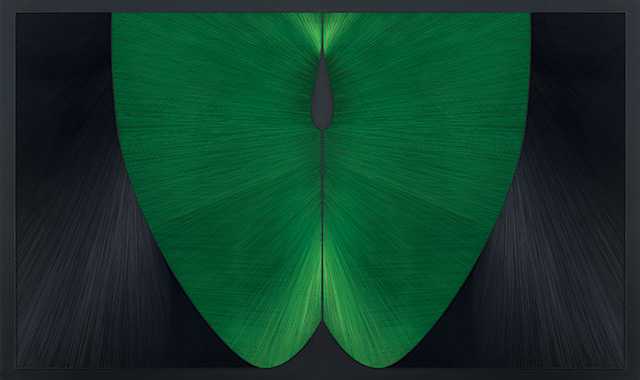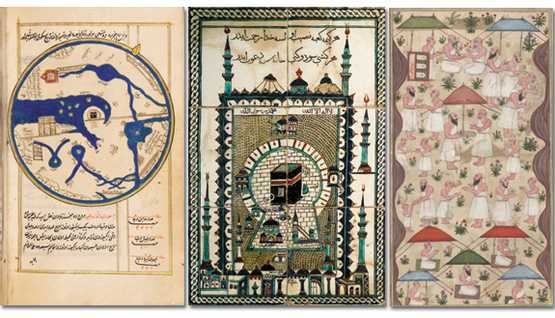By Tom Degun
skyfall istanbulOctober 25 – Istanbul is set to receive a major boost in its bid to host the 2020 Olympic and Paralympic Games as the Turkish city provides a large part of the backdrop for the latest James Bond movie Skyfall.
Skyfall, which premiered in London this week, is the third Bond film to use Istanbul as a backdrop after From Russia With Love and The World Is Not Enough shot scenes in the city at locations including Maiden’s Tower.
Barbara Broccoli, the Bond film producer, has claimed that Istanbul was the favourite city of 007’s creator Ian Fleming, while the latest instalment of the franchise features some the its iconic landmarks, including the Blue Mosque, The Grand Bazaar and Eminönü Square.
skyfall-posterIstanbul provides a major part of the backdrop for the latest James Bond movie Skyfall
“The film industry has always been enchanted with Istanbul, but a recent surge in blockbuster films being set here is evidence that Istanbul is an iconic global city – something which we hope to display to the Olympic family in the forthcoming months,” said Istanbul 2020 bid leader Hasan Arat.
“Istanbul is the perfect backdrop for James Bond films – which mix tradition and charm with state-of-the art innovation and technology.
“These Bond films perfectly reflect the duality of Istanbul – it would be the only city to host an Olympic Games situated in two continents; where East truly meets West; where historic culture and traditional customs meet a thriving, modern economic and commercial hub.
“Istanbul’s majestic visual backdrop, spanning millennia, cultures and continents, will create a defining experience for athletes and captivating images for a global audience.”
Daniel Craig (pictured top), who plays Bond in Skyfall, said Istanbul is “an incredible backdrop to any movie”, while rumours are growing that the English actor will be supporting the Istanbul 2020 bid in person at the International Olympic Committee (IOC) Session in Buenos Aires in September next year, when the 2020 Olympic and Paralympic host city will be decided.
Maidens Tower_in_IstanbulThe iconic Maiden’s Tower featured in the 1999 James Bond film The World Is Not Enough
When contacted by insidethegames about the possibility of Craig appearing at the IOC Session, the Istanbul 2020 bid team declined to comment, increasing speculation that it will happen.
Istanbul is currently bidding against Madrid in Spain and Tokyo in Japan for the right to stage the 2020 Games with the final decision set to be made by the IOC on September 7 2013.
Before the vote, all three cities will be visited in March next year by an IOC Evaluation Commission headed by Britain’s Sir Craig Reedie.
Istanbul’s inspection visit will come last on March 24-27.
via Istanbul 2020 bid gets boost from James Bond | 2020 Summer Olympics | insidethegames.biz.






